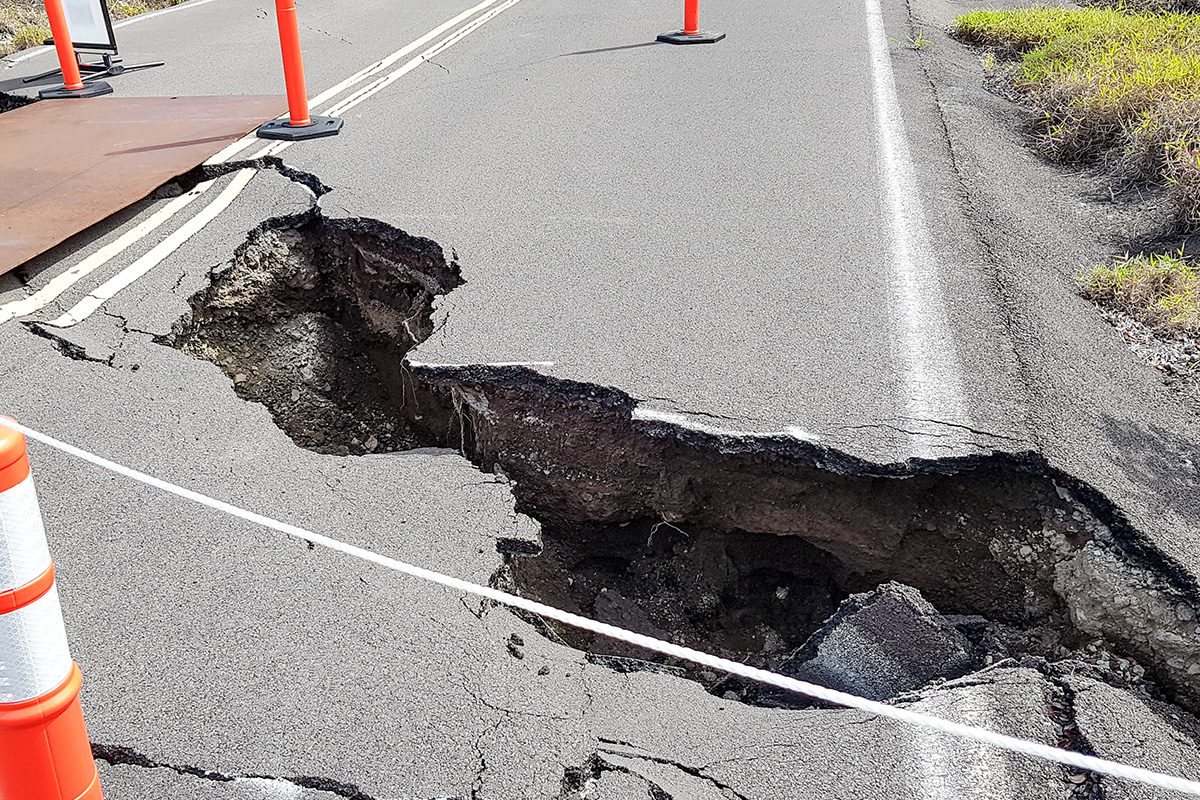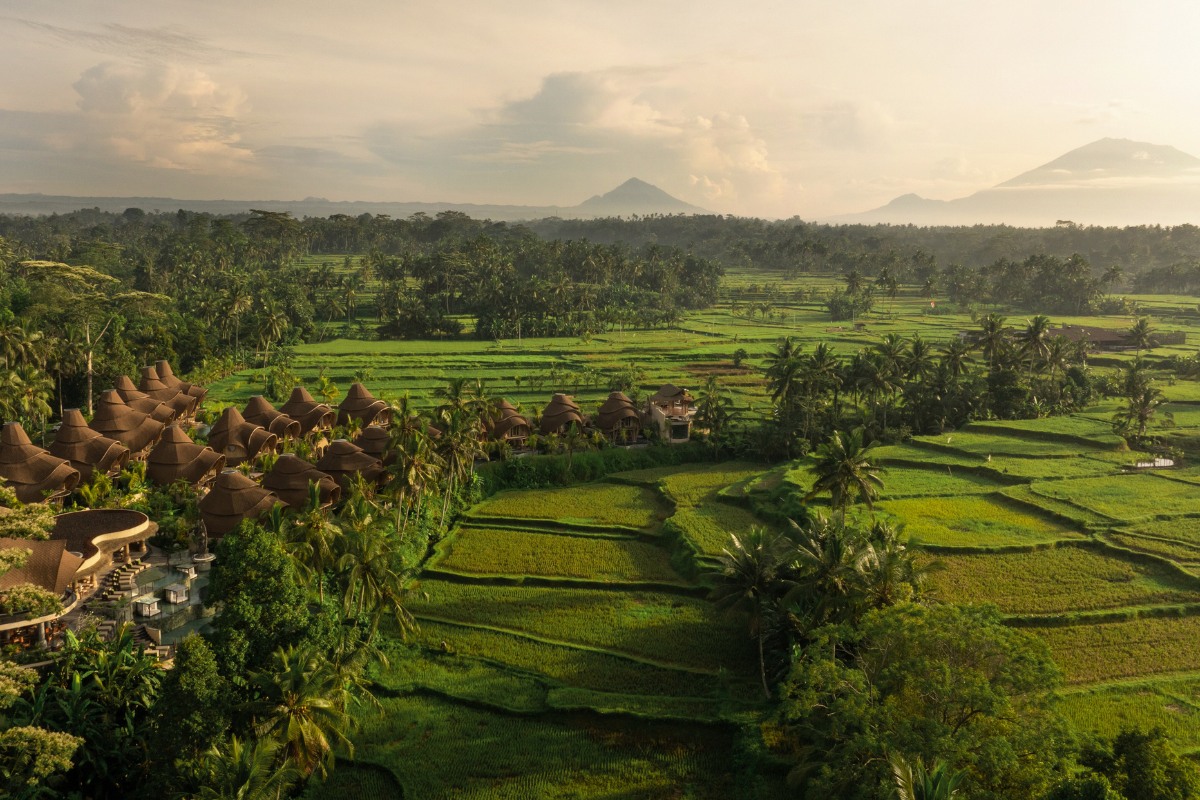Bali earthquake is often a concern for travelers, as the island lies in Indonesia’s tectonic zone where three major plates meet. Earthquakes in Bali occasionally make headlines, both locally and internationally, but they shouldn’t stop you from enjoying your holiday.

With the right knowledge and preparation, you can stay safe while still making the most of your Bali getaway. This guide will help you understand Bali earthquakes and how to handle them wisely.
Why Earthquakes Happen in Bali
An earthquake in Bali happens because the island sits at the meeting point of three major tectonic plates: the Eurasian, Indo-Australian, and Pacific Plates. As the Indo-Australian Plate pushes northward beneath the Eurasian Plate and the Pacific Plate moves westward, the region becomes part of Indonesia’s active seismotectonic zone.
Since earthquakes are common in Indonesia, some can occur offshore and, if strong and shallow, may trigger a tsunami in Bali or other coastal areas. Still, with strong monitoring systems and safety measures in place, many travelers find that Bali is safe to visit.
Historical Earthquake Events in Bali
Historical records show that earthquake in Bali is not a new phenomenon, with several major quakes causing significant damage and loss over the past century. These events highlight the island’s vulnerability to Bali natural disasters, though they have also led to better preparedness and awareness today.
1. Bali Earthquake (1917)
On January 21, 1917, a massive quake struck southeast of Bali, reaching VIII–IX on the MMI scale. This disaster killed around 1,500 people, destroyed 64,000 homes, and severely damaged Singaraja, the capital of Buleleng Regency.
Even sacred sites like Ulun Danu Batur Temple were left in ruins. Studies suggest the 1917 event may have also triggered a tsunami up to 2 meters high in Klungkung and Benoa.
2. Seririt Earthquake (1976)
Another major earthquake in Bali hit Seririt on July 14, 1976, with a magnitude of 6.2. It claimed 599 lives, injured more than 4,000 people, and damaged nearly 75% of homes in Buleleng, Tabanan, and Jembrana, leaving around 450,000 residents homeless.
Research also shows that this quake caused a small tsunami along Bali’s northern coast. These tragedies serve as reminders of why paying attention to Bali earthquake warning systems and safety measures is so important for both locals and visitors.
3. Culik Earthquake (1979)
On December 17, 1979, a Bali earthquake measuring 6.0 shook Karangasem Regency, with its epicenter located in the Lombok Strait, about 60 km east-northeast of Denpasar. The quake killed 25 people, seriously injured 47, and damaged up to 80% of buildings in Karangasem.
Entire villages, such as Culik, Datah, and Tisla, were left uninhabitable. The earthquake also caused a 500-meter-long ground crack and cut off the main land route to Denpasar, forcing many residents to evacuate.
4. Karangasem Earthquake (2004)
Another significant Bali earthquake hit Karangasem on January 2, 2004, with a magnitude of 6.2. Though less deadly, it still caused severe damage in several areas, including Tenganan, Dauh Tukad, Abang, Tohpati, Muncan, and Bukit. The quake claimed one life and left 33 people seriously injured, marking yet another reminder of Bali’s vulnerability to seismic activity.
How Bali is Prepared for Earthquakes
According to a report from Radio Republik Indonesia (May 20, 2025), the Bali Provincial Disaster Management Agency (BPBD) is strengthening its preparedness for potential earthquakes and tsunamis. Given Bali’s geographic and topographical conditions, the island is considered highly vulnerable.
To stay ready, BPBD has taken several measures, including updating disaster data, drafting contingency plans across regencies, and holding regular evacuation drills and simulations.
This effort is also supported by BMKG data, which shows that hotels and resorts often conduct safety simulations. Visitors a holiday or honeymoon in Bali can feel reassured, as evacuation routes, assembly points, and safety signs are now increasingly common across the island, making disaster preparedness part of Bali’s culture.
What to Do During and After an Earthquake
The Indonesian Center for Meteorology, Climatology, and Geophysics (BBMKG) has shared important guidelines on what to do during and after a Bali earthquake warning.
During an Earthquake
- If you’re indoors, protect your head and body from falling objects by taking cover under a sturdy table or anything strong enough to shield you.
- Stay in the safest spot possible until the shaking stops.
- If it’s safe, move outside quickly.
After an Earthquake
- Leave the building calmly and in order.
- Always use the stairs, avoid elevators or escalators.
- Check the area for damage and give first aid if needed.
- Call for help if you or someone nearby is seriously injured.
Staying Safe as a Tourist or Resident
Vacationing in Bali is always exciting, but safety should be part of your travel plan. While enjoying your trip, it’s important to stay aware of potential risks, including Bali natural disasters like earthquakes or floods. Here are a few simple tips to keep in mind:
Travel Insurance
Always secure travel insurance to protect against unexpected issues like medical emergencies, lost luggage, or trip cancellations. While disaster coverage isn’t always included, it’s worth checking your policy details.
BMKG Updates
Stay informed through BMKG (Meteorology, Climatology, and Geophysics Agency) for the latest disaster warnings and safety updates in Bali. Their website and social media share real-time alerts.
Safe Housing
If you live in Bali, make sure your home is built and located in a safe area to minimize risks from earthquakes, landslides, or similar hazards.
Keep these numbers handy:
- General Emergency: 112
- Police: 110
- Fire Department: 113
- SAR/Basarnas: 115
- Ambulance: 118 or 119
- BMKG: 021-6546318
Conclusion and Practical Advice Regarding Earthquakes in Bali
Bali earthquake is a natural risk that comes with the island’s location on active tectonic plates, but with proper knowledge and preparedness, it doesn’t have to disrupt your holiday. Bali has strong disaster monitoring systems, safety drills, and clear evacuation routes that make traveling here still safe and enjoyable.
For peace of mind, stay updated with BMKG alerts, keep emergency numbers handy, and choose accommodations that prioritize safety. Ini Vie Hospitality, one of Bali’s leading hospitality providers, also offers the Ini Vie Guide, your go-to source for trusted insights and practical tips to make the most of your Bali holiday.







